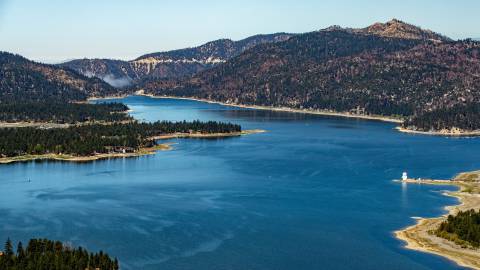
Lake Safety - Algae Information
Posted: 06/01/23
For information regarding lake algae conditions, visit Big Bear Municipal Water District or call 909-866-5796.

Posted: 06/01/23
For information regarding lake algae conditions, visit Big Bear Municipal Water District or call 909-866-5796.